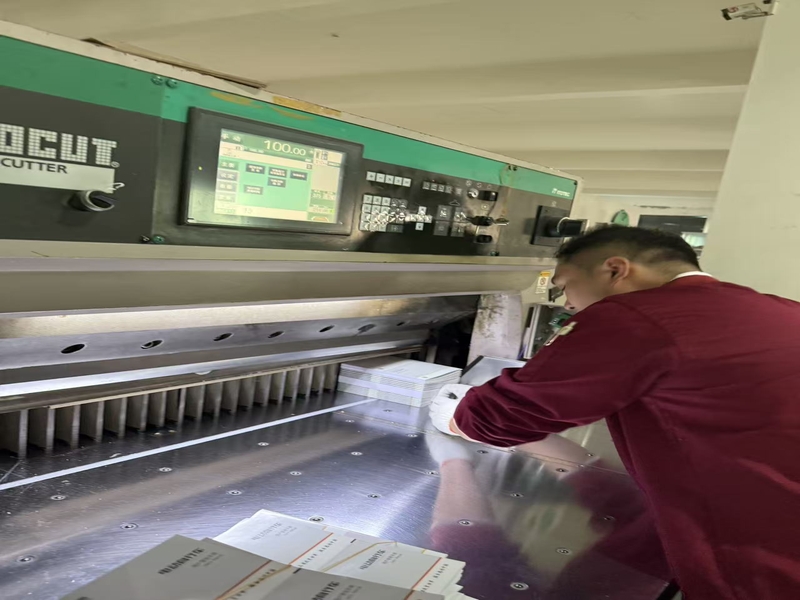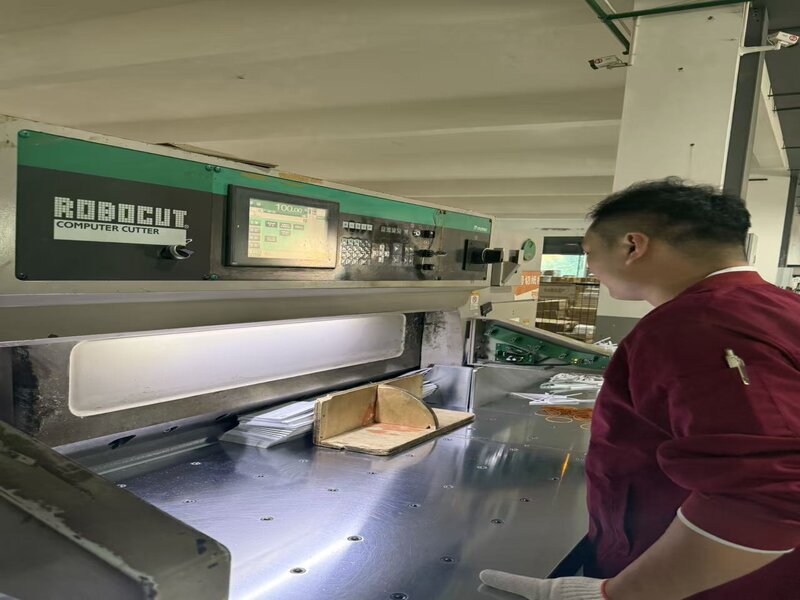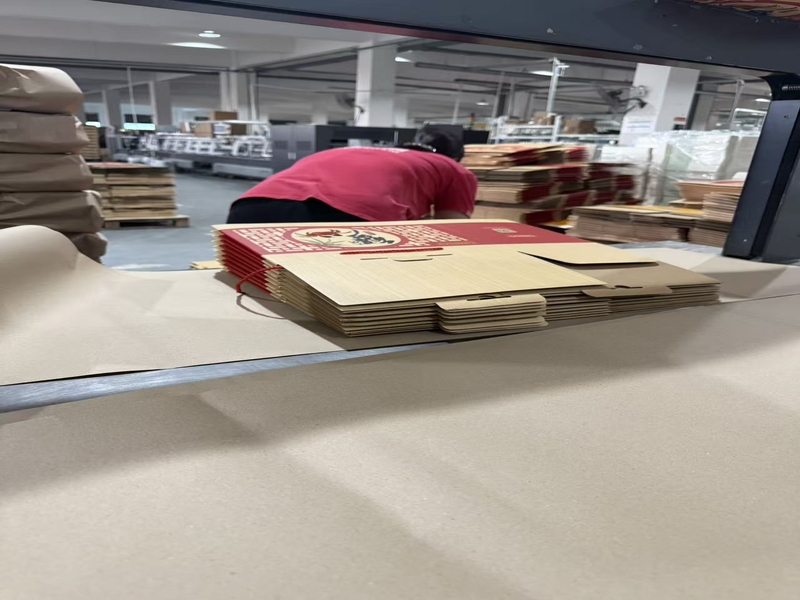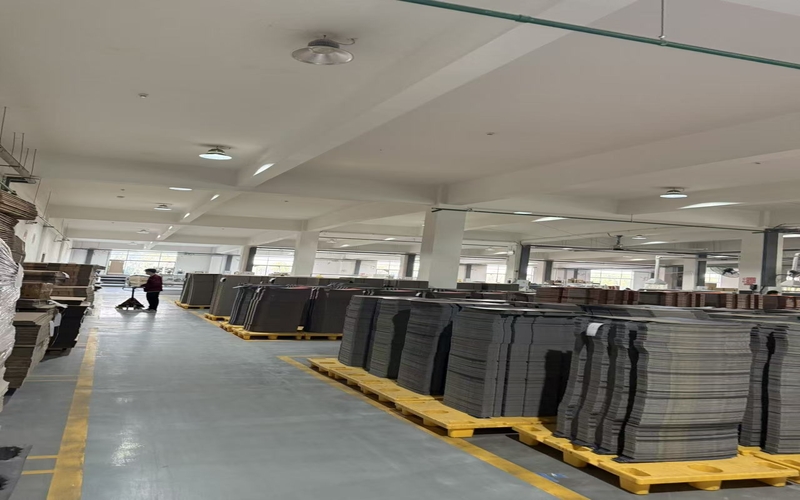Redefining Luxury Packaging: How Brands Are Combining Sophistication, Minimalism, and Sustainability
Luxury packaging has long been synonymous with elegance, exclusivity, and craftsmanship. For decades, premium brands have relied on ornate designs, high-end materials, and striking aesthetics to communicate status and value. However, the landscape of consumer expectations is rapidly evolving. Today’s luxury market is no longer only about appearance; it is about meaning, responsibility, and alignment with global values. In response, brands are redefining luxury packaging by blending sophistication with minimalism and sustainability, setting new standards for the future of the industry.
One of the most profound shifts driving this transformation is the growing awareness among consumers about environmental impact. Luxury consumers—especially younger generations such as Millennials and Gen Z—are demanding accountability from brands. They no longer view sustainability as a bonus but as an essential component of premium value. For these consumers, luxury packaging must embody not just beauty but also responsibility. As a result, high-end brands are under pressure to design packaging that aligns with eco-conscious lifestyles without compromising on the aura of exclusivity.
Minimalism has emerged as a key bridge between luxury and sustainability. Rather than relying on elaborate layers, excessive wrapping, or heavy embellishments, brands are turning toward clean lines, refined materials, and subtle design choices. This approach not only reduces waste but also resonates with the growing desire for authenticity and modern elegance. A minimalist design can communicate sophistication through restraint, demonstrating that true luxury lies not in excess but in precision and refinement. The adage “less is more” has never been more relevant in luxury packaging.
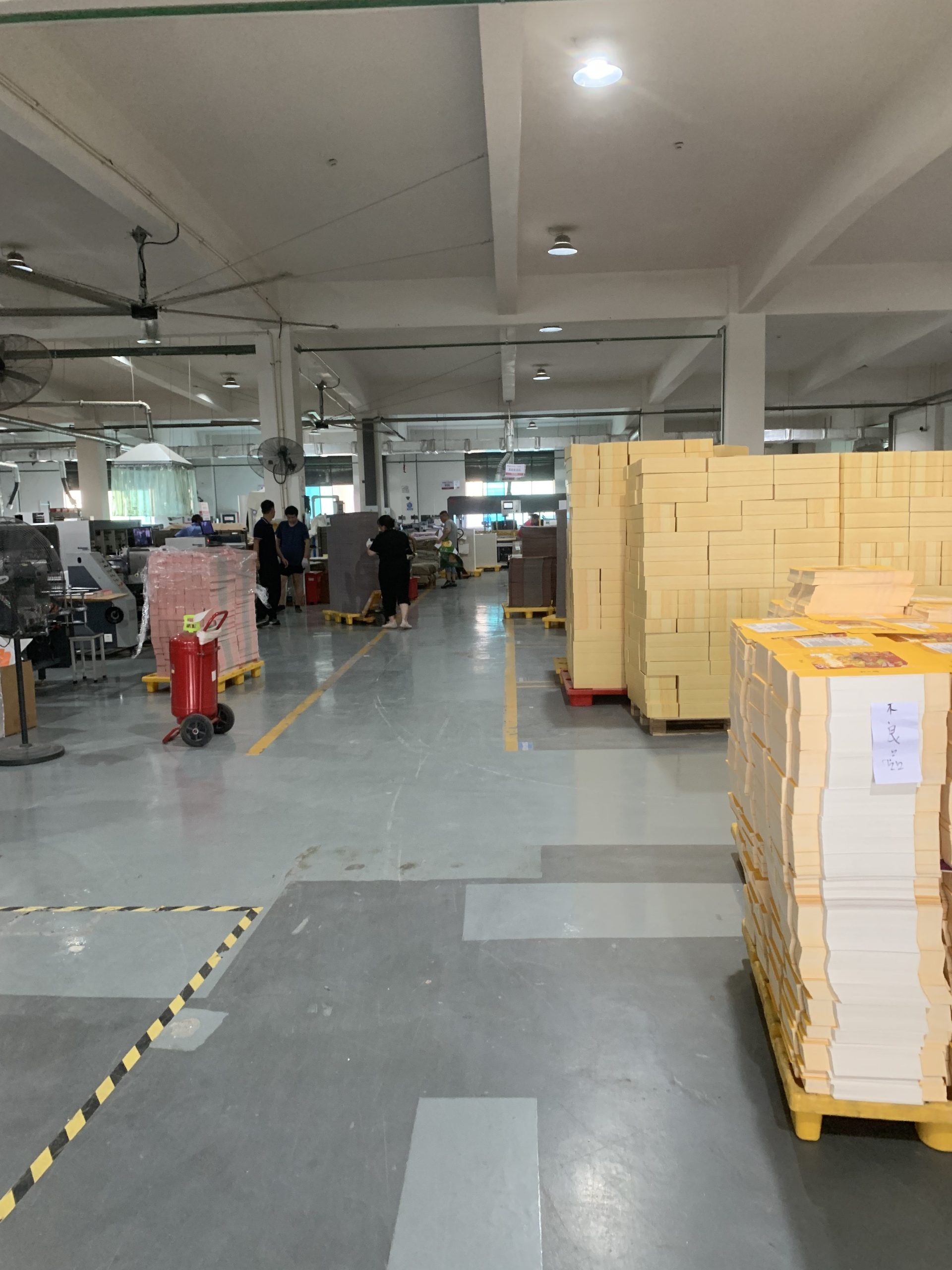
At the same time, sophistication remains the foundation of luxury branding. Even as brands embrace sustainability and minimalism, they continue to use design elements that evoke exclusivity and craftsmanship. Sophistication today is achieved not through flamboyance but through attention to detail—such as the tactile quality of recycled paper, the precision of embossed logos, or the subtle shine of biodegradable metallic finishes. These elements allow luxury packaging to retain its premium feel while adapting to new consumer values.
Materials are central to this evolution. High-end packaging is shifting from virgin plastics and non-recyclable laminates toward sustainable alternatives. Biodegradable films, FSC-certified papers, and recycled fibers are now being reimagined to create packaging that looks and feels luxurious. Some brands are even experimenting with innovative materials like mushroom-based packaging, seaweed-derived films, and plant-based inks to create eco-friendly yet visually striking solutions. The challenge lies in maintaining durability and tactile appeal while ensuring that the packaging is environmentally responsible—a balance that forward-thinking brands are beginning to achieve.
Another dimension of this transformation is personalization. In today’s competitive market, luxury consumers crave experiences that feel unique and tailored. Minimalist, sustainable packaging does not mean generic or plain; instead, brands are leveraging digital printing, embossing, and custom finishes to provide a sense of individuality. Personalized packaging not only enhances customer loyalty but also aligns with the modern idea of luxury as an intimate and meaningful experience, rather than a mass-produced statement of wealth.
Moreover, technology is playing a critical role in redefining luxury packaging. Smart packaging solutions, such as QR codes and NFC tags, allow consumers to trace the origin of materials or access exclusive digital experiences. This transparency strengthens a brand’s sustainability narrative, while also enhancing its sophistication by merging tradition with innovation. For instance, a simple, elegant package can reveal an entire story of ethical sourcing and craftsmanship through a digital interaction, amplifying both trust and exclusivity.
Cultural shifts also influence this new definition of luxury. Across global markets, consumers are moving away from overt displays of wealth toward subtle expressions of taste and responsibility. In this context, minimalist and sustainable packaging signals refined values and social consciousness, elevating the brand’s image in the eyes of modern consumers. For luxury brands, the ability to embody sophistication while demonstrating responsibility becomes a powerful differentiator in a crowded market.
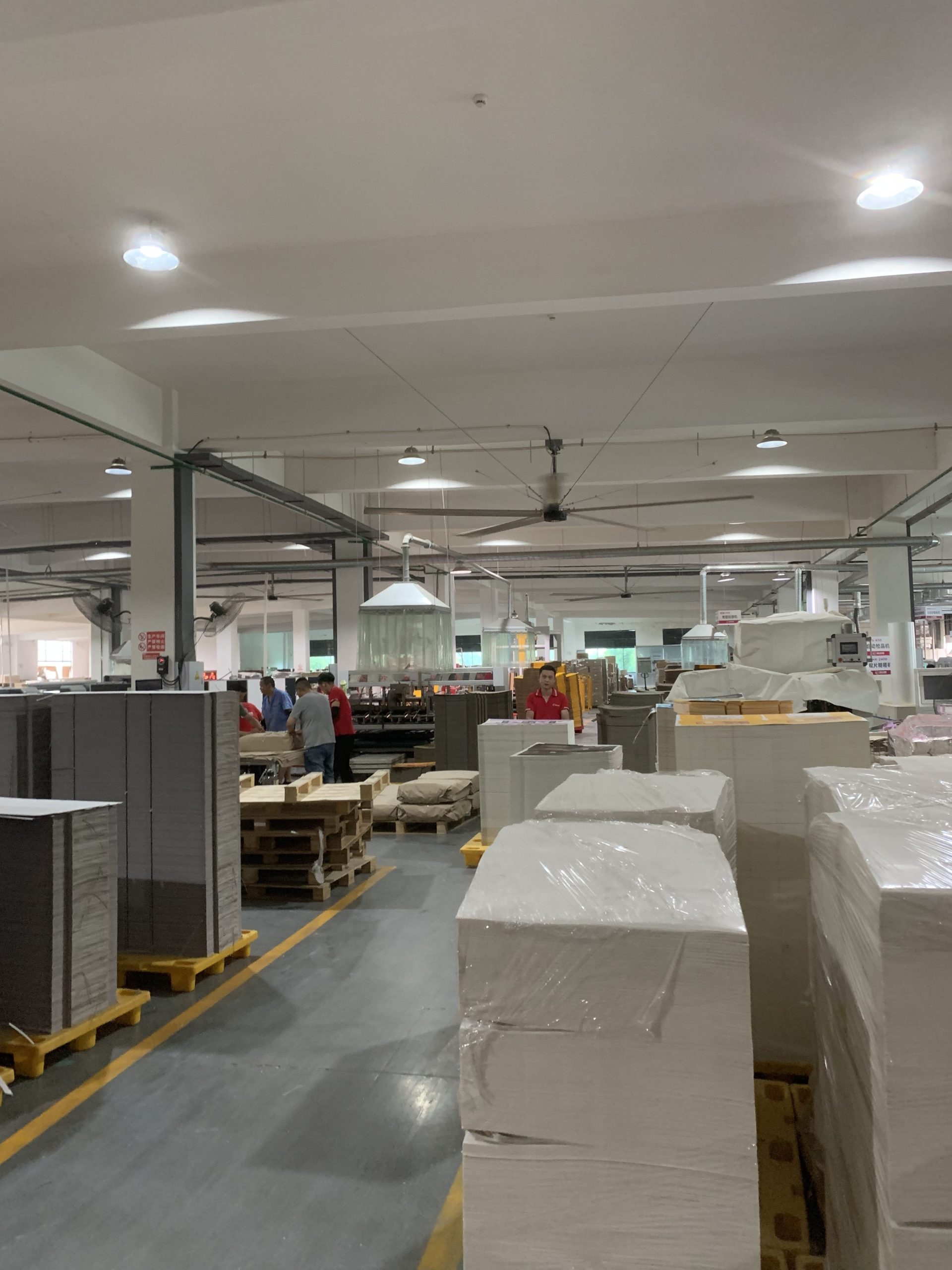
However, transitioning toward this new paradigm is not without challenges. Luxury brands often face higher costs when sourcing sustainable materials or re-engineering packaging designs to minimize waste. There is also the risk of alienating traditional consumers who equate luxury with opulence and grandeur. To address these challenges, many companies are adopting a phased approach, blending traditional luxurious cues with modern sustainable practices. This hybrid strategy allows them to cater to diverse consumer expectations while signaling their commitment to long-term change.
In conclusion, luxury packaging is undergoing a profound transformation that reflects broader societal values. The future of premium branding is not rooted in extravagance alone but in the seamless integration of sophistication, minimalism, and sustainability. By embracing eco-friendly materials, refined design, personalization, and smart technologies, luxury brands are redefining what it means to be exclusive. In doing so, they are not only meeting consumer expectations but also shaping a new era where true luxury lies in responsibility, authenticity, and timeless elegance.



